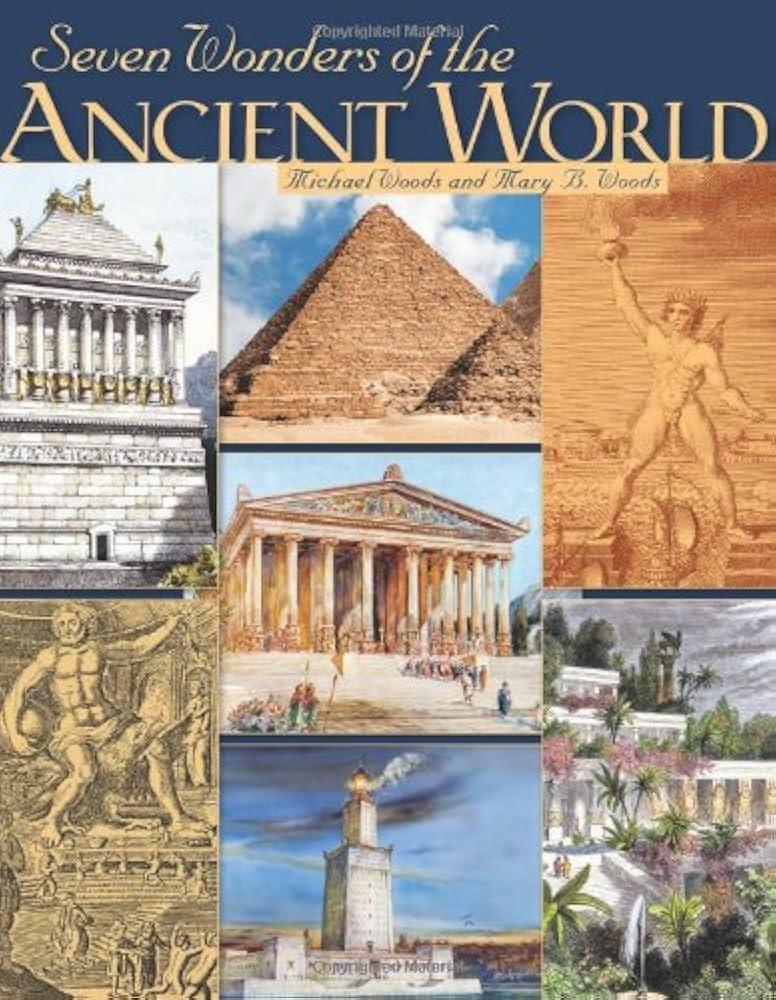Discovering the Timeless Marvels of Jordan and Egypt’s Hidden Historical Treasures
As global travel steadily resumes, discerning explorers are increasingly drawn to the captivating yet often underappreciated historical landscapes of Jordan and Egypt. Renowned for their legendary landmarks—the Pyramids of Giza, Petra’s rose-hued facades, and Luxor’s expansive temple complexes—these nations also harbor a wealth of lesser-visited sites that offer immersive cultural encounters far from the usual tourist throngs. This article invites you on a voyage through time to uncover these hidden archaeological wonders, tranquil natural settings, and cultural gems scattered across both countries. From the placid Dead Sea shores to Jerash’s ancient ruins and Mount Sinai’s spiritual heights, we’ll reveal how these destinations preserve their rich heritage while offering travelers breathtaking experiences beyond conventional routes. Join us as we explore these enduring marvels that continue to inspire curiosity and admiration among those eager to venture off the beaten path.
Petra Revealed: Exploring Jordan’s Legendary Rock-Cut Metropolis
At dawn, when sunlight gently illuminates Petra’s distinctive rose-colored cliffs, this ancient city emerges like a scene from legend. Carved meticulously into sandstone over two millennia ago by the Nabataeans—a civilization famed for their architectural ingenuity—Petra served as a vital crossroads linking trade routes between Arabia, Egypt, and Syria. Visitors stepping through its narrow gorge known as the Siq are greeted by awe-inspiring monuments such as Al-Khazneh (The Treasury), whose ornate façade stands proudly at Petra’s entrance.
Beyond its most famous structures lies an array of remarkable sites waiting to be explored:
- The Royal Tombs: Nestled within towering cliffs, these elaborately decorated burial chambers reflect Nabataean artistry and royal heritage.
- The Ancient Theater: Carved directly into rock formations with seating capacity exceeding 3,000 spectators—offering insight into Petra’s vibrant social life.
- Little Petra (Siq al-Barid): A short distance away reveals smaller-scale dwellings adorned with intricate frescoes that hint at everyday life in antiquity.
A guided tour is highly recommended for those wishing to fully grasp Petra’s layered history—from tales of caravan traders braving desert expanses to ingenious water management systems sustaining this once-thriving metropolis. Recent visitor data indicates that despite growing popularity—with over 1 million tourists annually pre-pandemic—the site remains less crowded than many other world-famous archaeological locations during off-peak seasons.
Egypt’s Lesser-Known Archaeological Treasures Beyond The Pyramids
The grandeur of Egypt is often synonymous with its iconic pyramids; however, numerous other archaeological sites provide equally compelling glimpses into its storied past without overwhelming crowds. For instance, Tanis, once capital of Lower Egypt during the Third Intermediate Period (circa 1075–664 BCE), boasts well-preserved temples adorned with hieroglyphics rivaling those found in Luxor or Karnak.
Dendera Temple Complex, dedicated primarily to Hathor—the goddess associated with music and joy—is renowned for its remarkably intact ceiling reliefs depicting celestial scenes dating back over 2,000 years. These vivid carvings offer visitors an intimate connection with ancient Egyptian cosmology rarely experienced elsewhere today.
An extraordinary destination further south is Meroë in Sudanese Nubia—not far from southern Egypt—home to more than 200 uniquely steep pyramids built by Kushite kings between 800 BCE and 350 CE. These structures differ architecturally from Egyptian pyramids but hold immense historical significance reflecting Nubian culture’s influence on regional development. Adventurous travelers can explore this vast necropolis largely undisturbed by mass tourism.
The majestic rock-cut temples at Abu Simbel carved under Pharaoh Ramses II remain visually stunning yet attract fewer visitors compared to Cairo or Luxor hotspots—allowing for reflective appreciation amid colossal statues guarding sacred halls dedicated both politically and religiously significant themes spanning centuries.
Immersive Cultural Adventures Off The Beaten Path in Jordan & Egypt
Culturally curious travelers seeking authentic experiences will find abundant opportunities beyond popular attractions throughout Jordanian wilderness areas like Dana Biosphere Reserve and Wadi Mujib Gorge. These protected regions showcase dramatic landscapes where hiking trails wind through rugged canyons filled with endemic flora—and Bedouin communities maintain traditional lifestyles passed down through generations. Engaging locally offers insights into handicrafts such as weaving or pottery alongside stories rooted deeply in desert survival skills.
Irbid city pulses vibrantly near northern Jordanian ruins like Umm Qais—a Hellenistic settlement overlooking three countries—that provides panoramic views alongside remnants illustrating Greco-Roman influences blending seamlessly within Middle Eastern contexts. This fusion enriches understanding beyond textbook history lessons toward lived cultural realities today.
Crossing back into Egypt reveals quieter corners along Nile River towns such as Aswan where Nubian culture thrives vividly amidst bustling markets selling colorful textiles while feluccas glide gracefully across shimmering waters beneath palm-fringed horizons. p >
The remote oases of Siwa Desert Oasis—with its unique Berber traditions—and Faiyum Depression featuring prehistoric lake basins combined with Pharaonic-era temples invite exploration away from mainstream tourism circuits offering peaceful immersion amid nature intertwined deeply with human history alike.< / p >
| Destination< /th > | Highlight< /th > | Experience< /th > < /tr > < /thead > |
|---|---|---|
| Wadi Mujib< /td > | Stunning Natural Scenery< /td > | Canyoning & Hiking Adventures< /td > |
| Dana Biosphere Reserve< /td > | Ecotourism & Conservation Efforts< /td > | Bedouin Cultural Encounters & Wildlife Viewing< /td > |
| Aswan Market Districts & Nile Life
td >< td>Nubian Heritage td >< td>Cultural Exploration & River Cruises td > tr >< tr >< td >Siwa Oasis Embracing The Enduring Allure Of Jordan And Egypt’s Hidden WondersAs twilight descends upon iconic silhouettes like Petra’s carved façades or Giza’s monumental pyramids glowing against desert skies,the magnetic charm held within Jordanian desertsand Egyptian riverbanks extends well beyond famed landmarks.Our journey has unveiled not only celebrated marvels but also quiet sanctuaries richwithhistory,culture,and breathtaking vistasawaiting discoveryfarfromcrowded thoroughfares. In an era dominatedby popular destinations,the diverse offeringsoftheseancientlands beckontravelers yearningforauthenticityandadventure.Fromthevastred expansesoftheWadiRumtoEgypt’soffbeattemplesandsacredvalleys,this odyssey promisesintimateengagementswithechoesofthepastandmeaningfulconnectionswithlocalcommunitiesrootedintradition. Concludingthisexploration,it becomes evidentthatJordanandEgyptarenotmerelyhistoricalrepositoriesbutlivingtestaments tohumancreativity,resilience,andculturalcontinuity.Forthosewillingtojourneybeyondconventionalroutes,theirancienttreasuresstandreadytoreveal timelessstoriestocurioussoulsseekingdepth,balance,andwonderinthemodernworld. |
